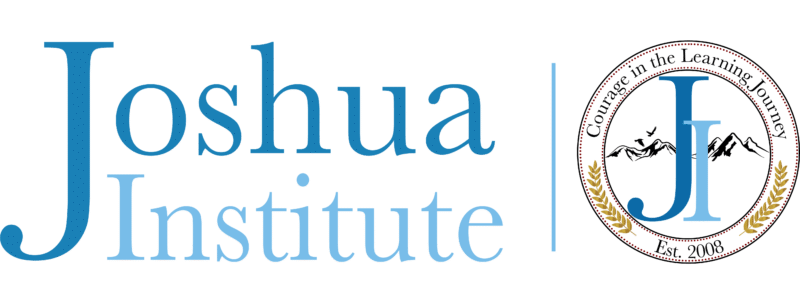BUILDING BLOCKS OF LEARNING
The Building Blocks of Learning is a framework for explaining why children experience different learning and/or behavioral difficulties associated with the classroom. Developed by Nancy Mather, Ph.D. and Sam Goldstein, Ph.D., this concept provides a bridge between research and educational practices to help students in a practical way. The Building Blocks of Learning provide a structure for looking at a student’s areas of strengths and weaknesses so that information can be effectively organized to make decisions about interventions, modifications, and accommodations.
Vital information is gathered from observations of your student and their test results during our evaluation process. We then assess this information through the “Blocks” framework. The “Blocks” are arranged in a triangular fashion with foundational skills forming the base, symbolic skills forming the second layer, and conceptual skills forming the top. This learning chart can be used as a resource for further understanding of a student’s learning patterns. Educational therapists and/or other educational professionals can also use the chart to identify and target functional skills (foundational, memory, symbolic, and conceptual) in order to best address your student’s needs.

Foundational
Attention & Self-Regulation
The ability to pay attention, self-regulate behavior, control impulses, complete tasks
Emotions
Temperament and moods, motivation, attitude, internalizing/externalizing
Behavior
Actions, social skills, compliance
Self-Perception
Awareness of both strengths and abilities along with weaknesses
Memory
Working Memory
May involve more than one block. The ability to apprehend information and rearrange it in a specified way
Processing Speed
The ability to perform automatic cognitive tasks, particularly when measured under pressure to maintain focus
Symbolic
Phonology
Phonemic awareness (discriminate sounds), phonologic awareness (manipulate sounds), verbal short-term memory (remember what is heard), retrieval of names (e.g., difficulty remembering names/words/names of letters, etc.)
Orthography
Concerning the writing systems of language, punctuation marks, capitalization, spelling patterns, recall of letter strings and word forms, mental representation of the image of a letter (imaging), automatic retrieval (quickly recalling) of letters/words
Motor
Gross motor skills, fine motor skills, symbol production through writing, artistic expression through drawing
* Note – a student’s ability to have the motor skills to draw may or may not be consistent with the ability to write letters and numbers (symbols)
Conceptual
Language
Understanding what is heard, comprehending written text, expressing ideas through speaking and writing, learning new vocabulary, use of grammar/syntax
Images
Reproducing complex visual patterns and designs, understanding and judging spatial relationships, understanding affect (i.e., gestures and facial expressions), difficulty with math concepts (non-verbal LD)
Strategies
Metacognition (thinking about thinking), executive functions (planning, organizing, monitoring, evaluating, reflecting), goal-directed behavior, the ability to effectively compensate/adjust for weaknesses
Information on the Building of Learning based on:
Mather, Nancy, Ph.D., Goldstein, Sam, Ph.D., (2008). Learning Disabilities and Challenging Behaviors: A Guide to Intervention and Classroom Management, (2nd Edition). Baltimore, MD: Paul H. Brookes Publishing Co.
